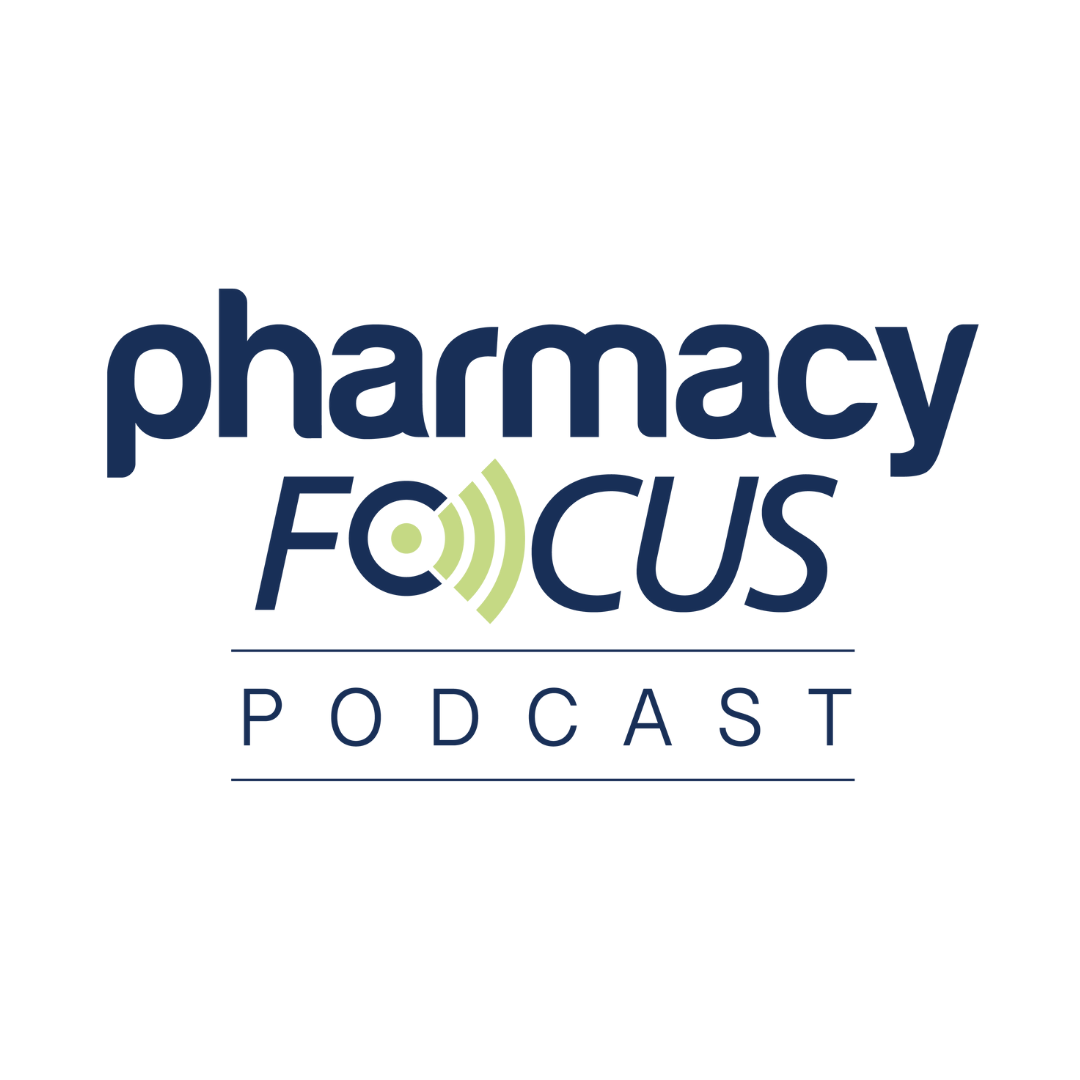News
Article
GLP-1 Medication Not Associated With Risk of Thyroid Cancer
Author(s):
Key Takeaways
- Short-term increased thyroid cancer risk with GLP-1 agonists may be due to increased vigilance, not new cancer development.
- Long-term studies show no significant association between GLP-1 use and thyroid cancer risk compared to other medications.
Overall, there is no long-term increased risk of developing thyroid cancer after initiating treatment with a glucagon-like peptide-1 (GLP-1) receptor agonist, although there is a short-term increase.
There is a only a short-term increased risk of a new diagnosis of thyroid cancer after initiating treatment with glucagon-like peptide-1 (GLP-1) receptor agonists, according to new findings of a study published in JAMA Otolaryngology–Head & Neck Surgery. The authors speculated that the increase may possibly due to increased vigilance and case detection rather than de novo pathogenesis.1
Initiating treatment with glucagon-like peptide-1 receptor agonist was not statistically associated with a risk for thyroid cancer compared with the other 3 glucose-lowering medication. | Image Credit: Peakstock | stock.adobe.com

The safety of GLP-1 medication has been investigated, including possible connection to the prevalence of cancer, particularly for the risk of pancreatitis, pancreatic cancer, colorectal cancer, gallbladder emptying, aspiration, suicide and other physiological effects, and thyroid cancer. Thyroid cancer is included on the black box warning for liraglutide (Victoza, Saxenda; Novo Nordisk), which is only on the label in the United States and Canada, but not Europe.2
In a session American Diabetes Association 84th Scientific Sessions, experts said that there is a lack of evidence supporting the link between GLP-1s and thyroid cancer due to the exclusion of patients who have a history or family history of thyroid cancer. Additionally, obesity and hyperglycemia are considered risk factors for thyroid cancer, so the underlying effects of the disease states need to be isolated in order to determine the risk. Further, sample sizes should be bigger in order to show the association.2
“The prevalence of medullary thyroid cancer in the general adult population is somewhere on the order of 1 in 30,000 to 1 and 40,000 people, so you would need enormous trials to actually see a signal for safety for this,” Elizabeth N. Pearce, MD, MSc, from Boston University, said in the session.2
In a study published in BMJ in early 2024, investigators included 145,410 individuals from Denmark, Norway, and Sweden, who started taking GLP-1 medication. They aimed to identify if there was an increased risk of thyroid cancer with GLP-1 medication. The mean follow-up time was 3.9 years for those in the GLP-1 group and 5.4 years for those in the dipeptidyl peptidase 4 (DPP4) group (291,667 individuals). There were 76 patients in the GLP-1 group and 194 in the DPP4 group that developed thyroid cancer, indicating that GLP-1 was not associated with an increased risk of developing cancer.3
In the new 2025 study, investigators aimed to determine the risk of incident thyroid cancer for adults with type 2 diabetes being treated with GLP-1s compared with other common glucose-lowering medication. Investigators included patients who were at moderate risk for cardiovascular disease and without history of thyroid cancer who had new GLP-1, sodium-glucose co-transporter 2 (SGLT2) inhibitor, dipeptidyl peptidase-4 (DPP-4) inhibitor, or sulfonylurea prescriptions from January 1, 2014, to December 31, 2021. Of the 351,913 individuals, 41,112 were treated with GLP-1s, 76,093 with DPP-4s, 43,499 with SGLT2s, and 191,209 with sulfonylurea. The number of individuals with thyroid cancer were 69, 172, 72, and 381, respectively.1
According to the analysis, initiating treatment with GLP-1 was not statistically associated with a risk for thyroid cancer compared with the other 3 glucose-lowering medications (HR, 1.24; 95% CI, 0.88-1.76); however, the risk of thyroid cancer was significantly higher for the first year after initiation (HR, 1.85; 95% CI, 1.11-3.08). Furthermore, in the analysis, investigators said that the risk was amplified in the overall as-treated analysis that censored patients who discontinued therapy or had another medication added to the regimen (HR, 2.07; 95% CI, 1.10-3.95).1






